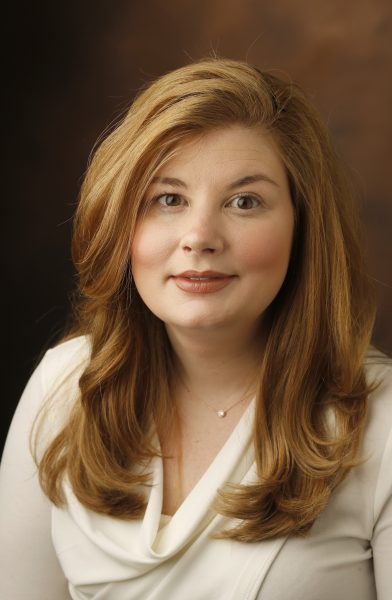Vanderbilt’s innovative TRANSLATE program, aimed at revolutionizing literacy education for multilingual students, has received a major boost with a $1,999,513 million federal grant. The funding will enable the program to expand its reach and impact, helping more students in grades 4-6 thrive in their language learning journeys.

In May, the Institute of Education Sciences, a part of the U.S. Department of Education, awarded the grant to Emily Phillips Galloway, director of the Language, Literacy, Learning, and Equity Research Group and assistant professor of multilingual learning and literacy education. The grant will support 100 percent of the cost for expanding a curricular approach, known as TRANSLATE, designed by the research team in close partnership with local educators. TRANSLATE stands for Teaching Reading And New Strategic Language Approaches To Emergent bilinguals.
Other partners of the project are Amanda Goodwin, professor of teaching and learning, Mikel Cole from the University of Houston and Margaret Troyer from the Strategic Educational Research Partnership.
“The ability to comprehend written matter is critical to educational success in middle school and beyond,” said Camilla P. Benbow, Patricia and Rodes Hart Dean of Education and Human Development. “As developed by Professor Phillips Galloway and her colleagues, TRANSLATE offers welcome support for teachers of multilingual and bilingual learners. We’re excited to further develop this program to better meet the need of these students.”
The new funding will allow Phillips Galloway and her team to grow TRANSLATE to a yearlong sequence for students in grades four through six. “This will allow us to expand the instructional materials available to teachers and the duration of the instruction that students receive,” she said.
TRANSLATE addresses a critical educational dilemma: Teachers often face challenges in employing language resources effectively for the increasing number of bilingual or multilingual children in U.S. schools.
“Large numbers of students struggle with text comprehension by the middle grades, and among multilingual learners, the majority struggle with text comprehension,” Phillips Galloway said.
TRANSLATE empowers teachers to tap into the linguistic diversity of their classrooms, encouraging students to use their languages other than English when speaking, reading and writing during English-medium instruction, a departure from traditional methods. While TRANSLATE is a comprehensive English literacy curriculum that leverages knowledge of the science of how reading develops and is taught, it is unique for its use of translingual instructional strategies—or teaching approaches that seek to use students’ existing language and linguistic strategies in the service of supporting English reading development.
“Traditionally, the model was to expose students to English only, under the assumption that the more English exposure students had, the quicker they would develop the language. What we now know is that being bilingual and having opportunities to learn bilingually really doesn’t pose a threat to developing English language proficiency. In fact, those two things can be complementary given certain instructional conditions. Indeed, more language exposure—in English and in languages other than English—is associated with more language and literacy learning. This is the underlying premise of TRANSLATE,” Phillips Galloway said.
The approach has shown promising results in demonstrating accelerated reading comprehension among participating students. “Our initial studies with funding from the Spencer Foundation conducted with Vanderbilt colleague, Robert Jiménez, who has done pioneering work in this area, suggested that students make gains on reading comprehension standardized outcomes as a result of participation in TRANSLATE,” she said.
IES’s support for the project underscores its potential to significantly improve the educational outcomes of multilingual learners. This potential, along with the program’s likelihood of receiving external funding, were key factors in TRANSLATE being awarded a Scaling Success internal grant in 2022 from the Office of the Vice Provost for Research and Innovation.
“The Scaling Success Award allowed us to complete a much larger efficacy study, which was crucial for our IES proposal. We were able to measure the program’s impacts in a very robust way thanks to the additional year of data we collected,” Phillips Galloway said. “The Research Development and Support office reviewed the application at different points and provided feedback, which was incredibly helpful. The Peabody Research Office also played a crucial role in helping us put together the budget and pre-award pieces.”
TRANSLATE is being used in several school districts around Nashville, as well as in Minnesota and Texas. As part of another initiative, teachers in New York City will use a version of TRANSLATE this fall. With the new funding from IES, the program will expand to more sites including a new site in Texas. TRANSLATE also wants to expand to other districts, aiming for linguistically diverse settings that can benefit from this innovative approach.
For more information about TRANSLATE, visit www.translatetoread.com. To learn more about Scaling Success and other internal funding programs offered through the Office of Research and Innovation, visit the Research Development and Support internal grants page.